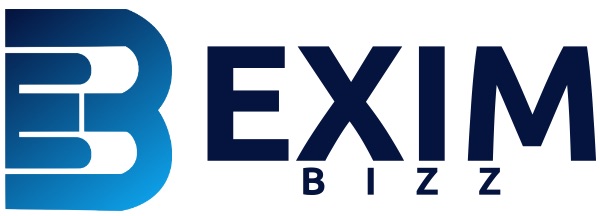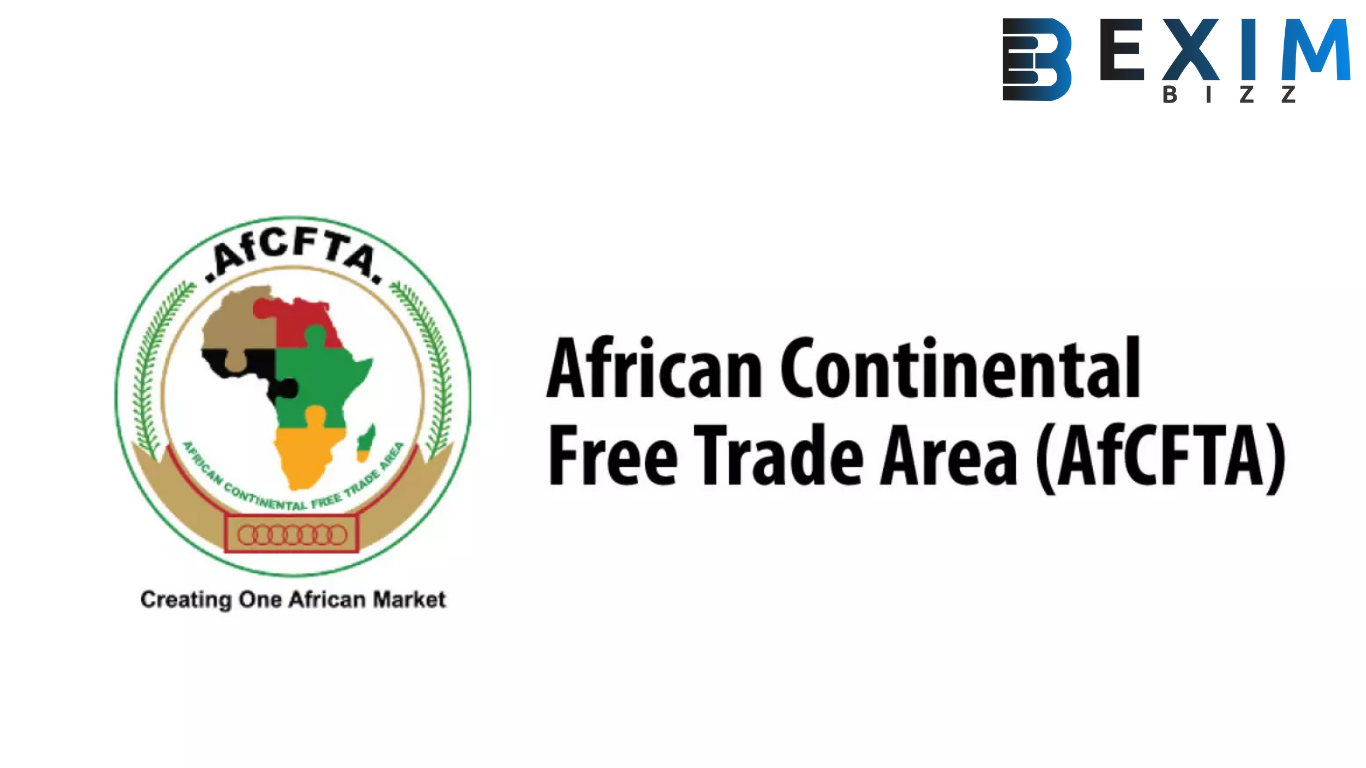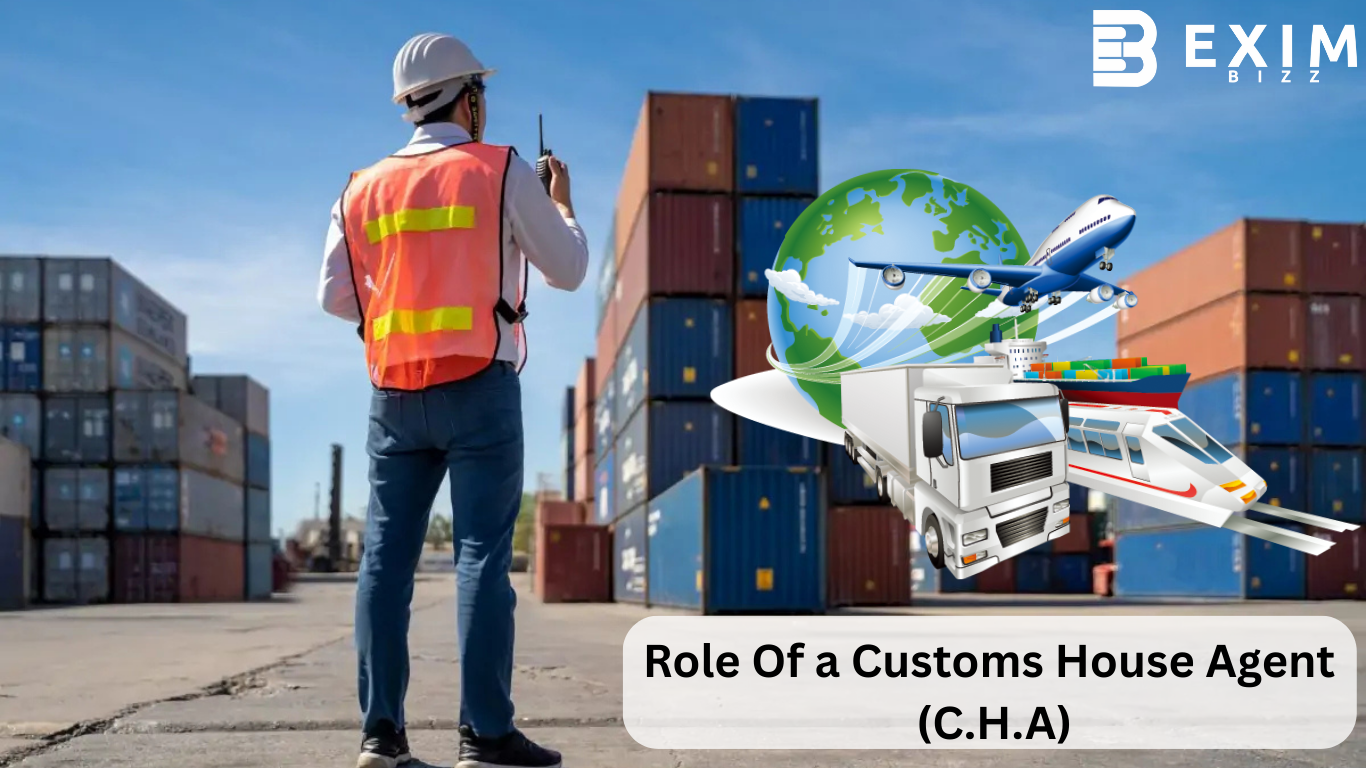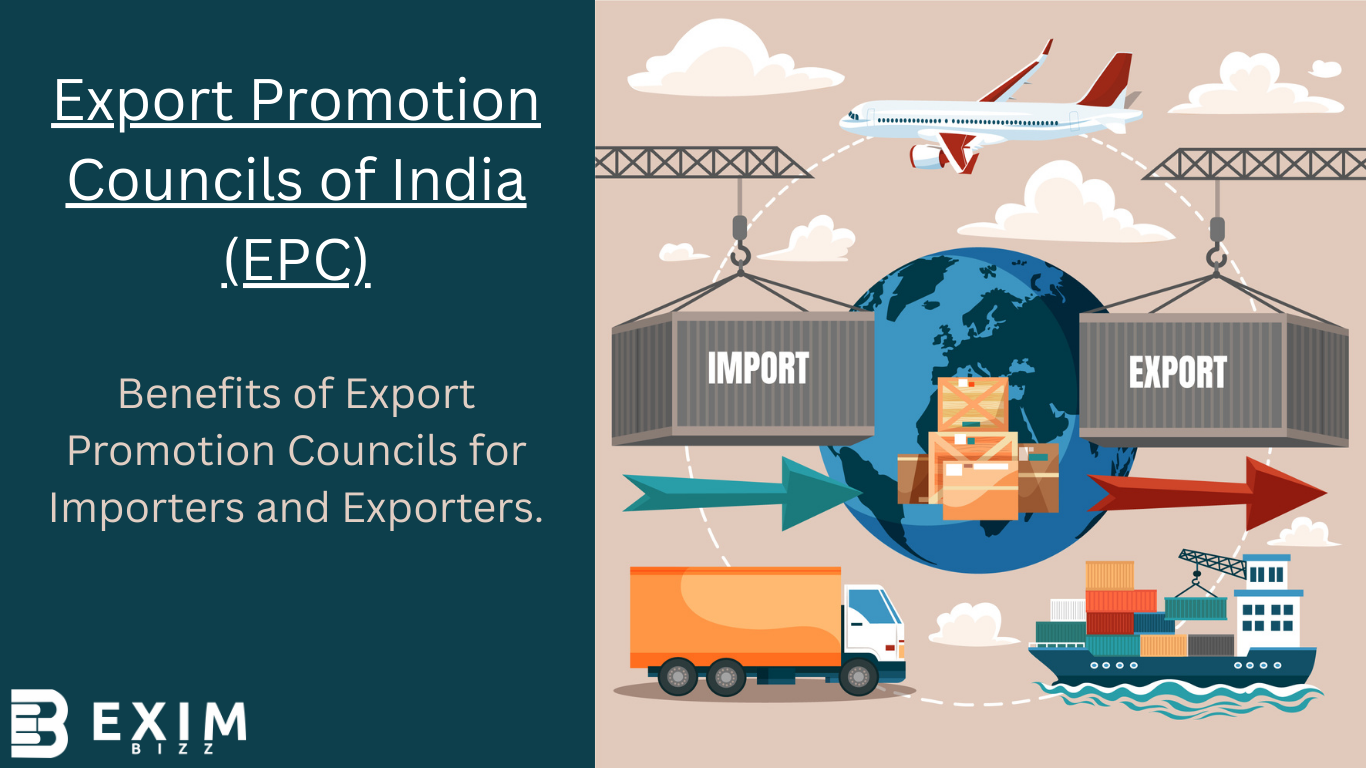In today’s globalized economy, international trade has become a cornerstone for businesses of all sizes. Whether you’re importing raw materials, exporting finished goods, or simply expanding your market reach, navigating the complexities of cross-border transactions is essential. One critical document that plays a pivotal role in international trade is the Country of Origin Certificate. In this blog, we’ll take a deep dive into what this certificate is, why it’s important, and how it impacts global commerce.
What is a Country of Origin Certificate?
A Country of Origin Certificate (also known as a Certificate of Origin or COO) is an official document that certifies the country where a product was manufactured, produced, or processed. It serves as proof of the product’s origin and is often required by customs authorities to determine applicable tariffs, trade restrictions, or preferential treatment under trade agreements.
For example, if a company in the United States exports textiles to the European Union, the EU may require a Country of Origin Certificate to verify that the goods were indeed made in the U.S. This verification process helps ensure compliance with trade regulations and prevents fraudulent claims about a product’s origin.
Why is a Country of Origin Certificate Important?
The importance of a Country of Origin Certificate cannot be overstated, especially for businesses engaged in international trade. Here are some key reasons why this document is indispensable:
- Tariff Determination
Customs duties and import taxes vary depending on the country of origin of a product. For instance, goods originating from countries with which the importing nation has a free trade agreement (FTA) may qualify for reduced or zero tariffs. Without a valid COO, businesses risk paying higher duties or facing delays at customs. - Trade Agreements and Preferences
Many countries have bilateral or multilateral trade agreements that provide preferential treatment to products originating from specific regions. For example, the United States-Mexico-Canada Agreement (USMCA) allows duty-free access for certain goods produced within these three countries. A COO is mandatory to claim such benefits. - Regulatory Compliance
Some countries impose strict regulations on imports based on their origin. For instance, agricultural products, pharmaceuticals, and electronics may require additional certifications or inspections depending on their source. A COO ensures compliance with these rules. - Consumer Transparency
Consumers increasingly care about where the products they buy come from. A COO provides transparency, helping businesses build trust and credibility with their customers. It also supports ethical sourcing initiatives and sustainability goals. - Anti-Dumping Measures
Governments use anti-dumping laws to protect domestic industries from unfairly priced imports. A COO helps authorities identify whether a product is subject to such measures, ensuring fair competition. - Brand Protection
Counterfeit goods are a growing concern in global markets. A COO can help authenticate genuine products, protecting both manufacturers and consumers from fraud.
Types of Country of Origin Certificates
There are two primary types of Country of Origin Certificates, each serving different purposes:
- Non-Preferential Certificate of Origin
This type certifies that the goods being exported do not qualify for any special treatment under trade agreements. It simply states the country where the product was manufactured or processed. - Preferential Certificate of Origin
This certificate is used when goods are eligible for reduced or zero tariffs under a trade agreement. Examples include certificates issued under USMCA, the Generalized System of Preferences (GSP), or the African Continental Free Trade Area (AfCFTA).
How to Obtain a Country of Origin Certificate
The process of obtaining a COO typically involves several steps:
- Gather Required Documentation
Businesses need to provide detailed information about the product, including its manufacturing process, components, and value-added activities. Supporting documents like invoices, bills of lading, and production records may also be required. - Contact a Chamber of Commerce
In most cases, Chambers of Commerce are authorized to issue COOs. They review the application and supporting documents to ensure accuracy and compliance with international standards. - Verification and Certification
Once the chamber verifies the details, they stamp and sign the certificate, making it legally binding. Some countries also accept electronic COOs for faster processing. - Submit to Customs Authorities
The certified COO must accompany the shipment during export and import. Customs officials will inspect the document to determine eligibility for preferential treatment or other requirements.
Common Challenges and Solutions
While obtaining a COO is relatively straightforward, businesses may encounter challenges along the way:
- Complex Rules of Origin
Determining the correct country of origin can be tricky, especially for products assembled using components from multiple countries. To address this, consult trade experts or legal advisors familiar with the relevant trade agreements. - Documentation Errors
Mistakes in filling out the COO can lead to delays or penalties. Double-check all information before submission and maintain accurate records. - Changing Regulations
Trade policies and agreements evolve over time. Stay updated on changes in tariff structures, rules of origin, and certification requirements to avoid non-compliance.
Conclusion
The Country of Origin Certificate is more than just a piece of paper—it’s a vital tool for facilitating smooth and cost-effective international trade. By providing proof of a product’s origin, it enables businesses to leverage trade agreements, comply with regulations, and build trust with partners and consumers alike.
As globalization continues to shape the future of commerce, understanding and utilizing the COO effectively will remain crucial for success. If you’re involved in exporting or importing, make sure you have a clear grasp of the requirements and processes associated with this essential document. After all, Adequate knowledge will help you in the world of international trade.
Are you ready to streamline your operations and expand your global footprint? Start by ensuring your business has the right tools, including a properly certified Country of Origin Certificate, to thrive in today’s interconnected marketplace.






